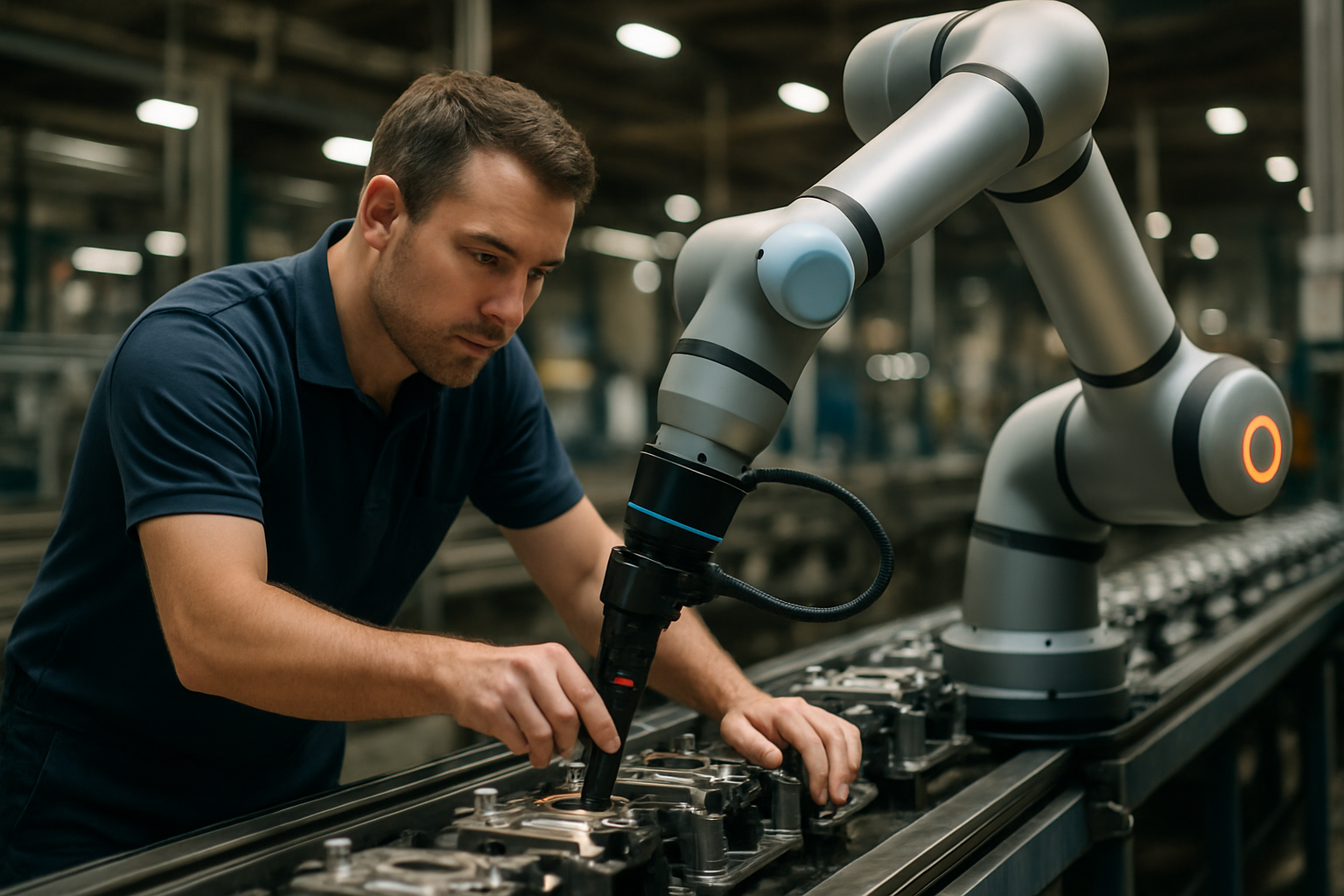Microindustrialization: Empowering Local Economies
The concept of microindustrialization is reshaping the landscape of manufacturing and economic development. This innovative approach to industrial growth focuses on establishing small-scale, localized production facilities that cater to specific community needs. By leveraging advanced technologies and lean methodologies, microindustrialization is creating new opportunities for entrepreneurship, job creation, and sustainable economic growth in both urban and rural areas.

The Rise of Microindustrialization
Microindustrialization has its roots in the maker movement and the democratization of manufacturing technologies. The advent of 3D printing, CNC machining, and other advanced manufacturing tools has lowered the barriers to entry for small-scale production. This technological evolution, combined with changing consumer preferences for locally-made, customized products, has created a fertile ground for microindustries to flourish.
In recent years, the concept has gained traction as a viable strategy for economic development, particularly in regions struggling with deindustrialization or limited access to global supply chains. Microindustrialization offers a way to revitalize local economies by creating jobs, fostering innovation, and promoting sustainable practices.
Key Characteristics of Microindustries
Microindustries are characterized by their small scale, flexibility, and close connection to local communities. Unlike traditional factories, which often require significant capital investment and large workforces, microindustries can be established with relatively modest resources. This makes them an attractive option for entrepreneurs and local governments looking to stimulate economic growth.
One of the defining features of microindustries is their ability to adapt quickly to changing market demands. By operating on a smaller scale, these facilities can pivot their production lines more easily, allowing them to respond to local needs and capitalize on emerging opportunities. This agility is particularly valuable in today’s fast-paced business environment, where consumer preferences can shift rapidly.
Technology Enablers for Microindustrialization
The rise of microindustrialization has been facilitated by advancements in manufacturing technology. Digital fabrication tools, such as 3D printers and laser cutters, have made it possible to produce complex components and finished products with minimal setup costs. These technologies allow microindustries to compete with larger manufacturers in terms of quality and precision, while offering greater customization options.
Cloud-based design and collaboration tools have also played a crucial role in enabling microindustrialization. These platforms allow small-scale manufacturers to access global design resources and collaborate with experts from around the world, further enhancing their capabilities and competitiveness.
Economic Impact of Microindustrialization
The economic impact of microindustrialization extends beyond job creation. By localizing production, microindustries help to reduce transportation costs and carbon emissions associated with long-distance shipping. This not only makes products more affordable for local consumers but also contributes to sustainability goals.
Furthermore, microindustries often serve as incubators for innovation, fostering the development of new products and processes that can have broader applications. As these businesses grow and succeed, they create a ripple effect in the local economy, supporting ancillary services and spurring further entrepreneurship.
Challenges and Considerations
While microindustrialization offers numerous benefits, it also presents some challenges. One of the primary hurdles is access to capital, as traditional financing models may not be well-suited to the unique needs of microindustries. Additionally, navigating regulatory requirements and ensuring consistent quality control can be more challenging for smaller operations.
Another consideration is the need for skilled labor. As microindustries often rely on advanced technologies, there is a growing demand for workers with specialized technical skills. This highlights the importance of aligning educational programs with the needs of emerging microindustries to ensure a capable workforce.
Strategies for Successful Microindustrialization
• Conduct thorough market research to identify local needs and opportunities
• Invest in versatile, multi-purpose manufacturing equipment to maximize flexibility
• Develop strong partnerships with local suppliers and educational institutions
• Leverage digital marketing and e-commerce platforms to reach a broader customer base
• Prioritize sustainability and circular economy principles in production processes
• Continuously invest in workforce training and development to stay competitive
The emergence of microindustrialization represents a promising avenue for economic development and industrial innovation. By empowering local communities to produce goods tailored to their specific needs, this approach has the potential to create more resilient and sustainable economies. As technology continues to evolve and consumer preferences shift towards locally-made, customized products, microindustries are poised to play an increasingly important role in shaping the future of manufacturing and economic growth.





